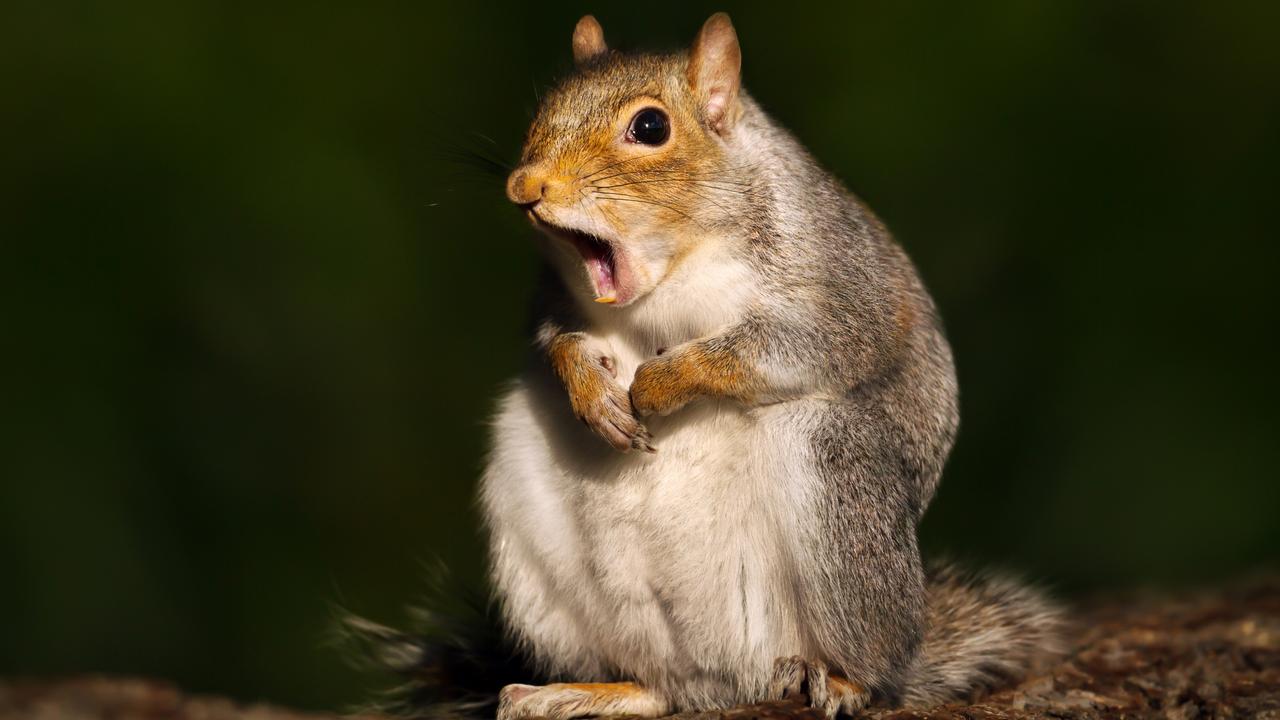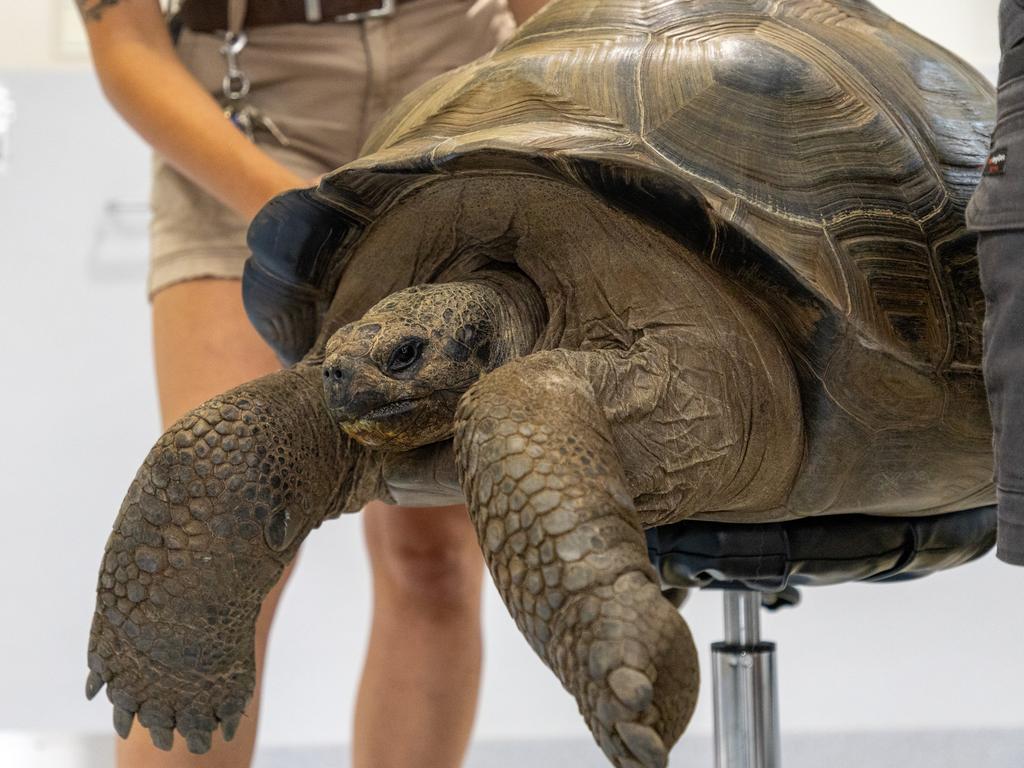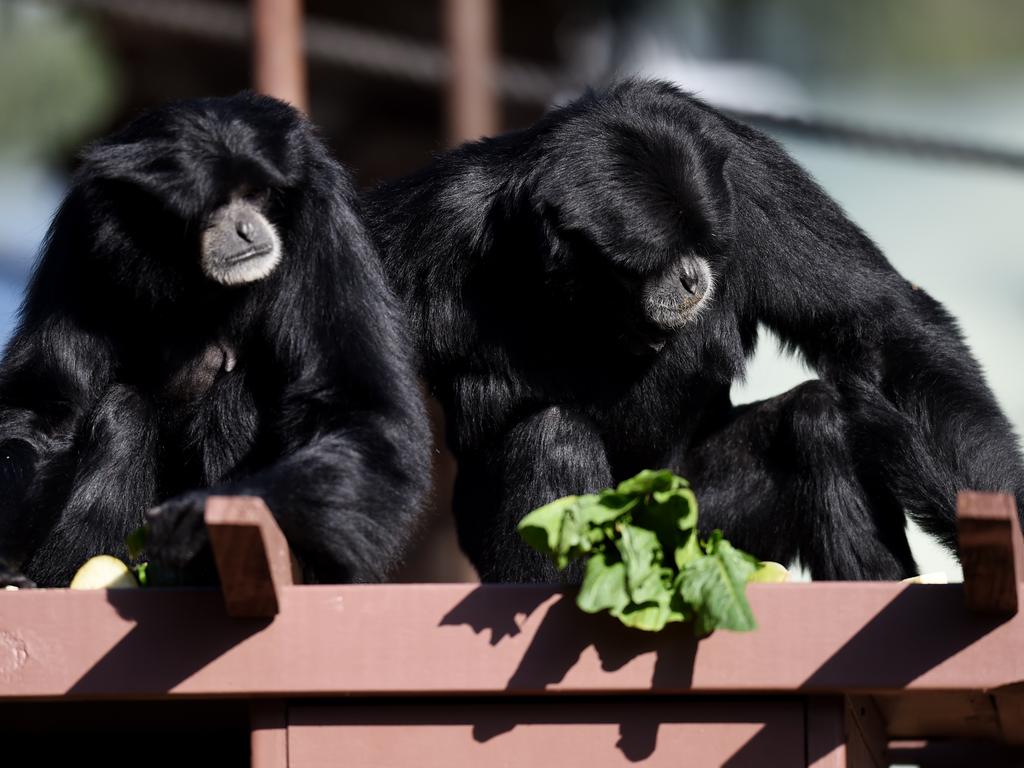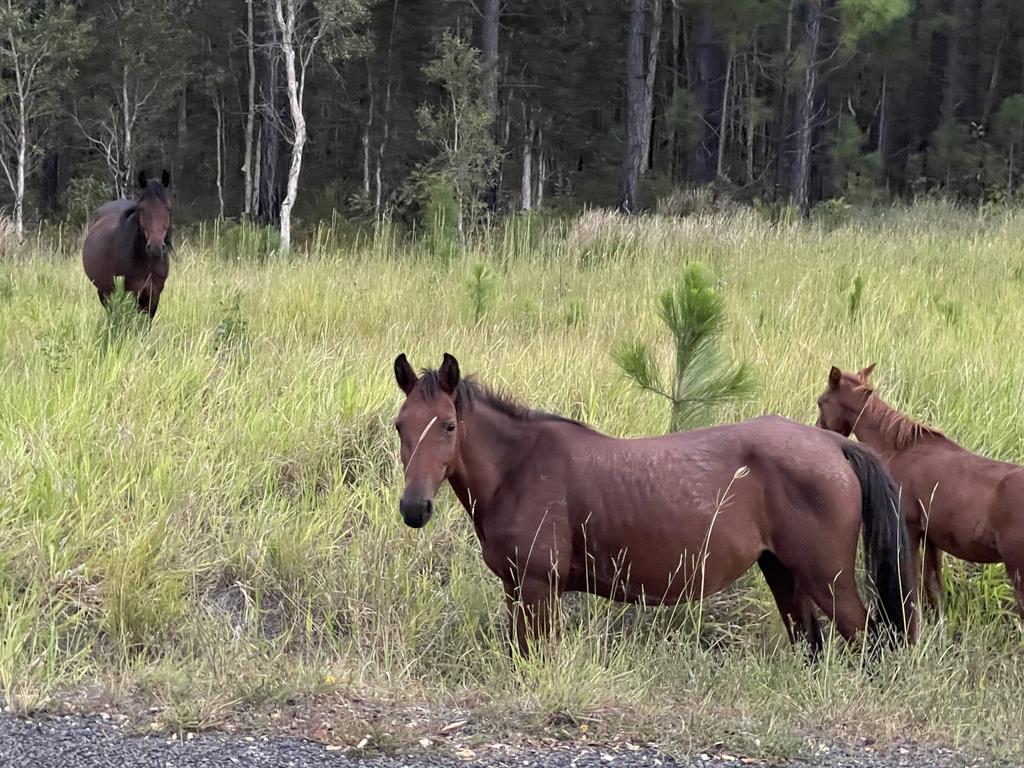Move over, full moon: study looks at solar eclipse impact on critters
Residents at a US zoo are in the spotlight as scientists plan to closely study how the animals respond to solar eclipses when the next day of darkness rolls across the country next month

READING LEVEL: GREEN
When a total solar eclipse* transforms day into night, will tortoises start acting romantic? Will giraffes gallop? Will apes sing odd notes?
Researchers will be standing by to observe how animals’ routines at Fort Worth Zoo in Texas are disrupted* when skies dim on April 8. They previously detected other strange animal behaviours in 2017 at a South Carolina zoo that was in the path of total darkness.
“To our astonishment, most of the animals did surprising things,” said North Carolina State University researcher Dr Adam Hartstone-Rose, who led the observations published in the journal Animals.

While there are many individual sightings of animals behaving bizarrely during historic eclipses, only in recent years have scientists started to closely study the altered behaviours of wild, domestic* and zoo animals.
Seven years ago, Galápagos* tortoises at Riverbanks Zoo in South Carolina, animals “that generally do absolutely nothing all day … during the peak of the eclipse, they all started breeding*,” said Dr Hartstone-Rose.
The cause of the behaviour was still unclear.

A mated pair of Siamangs, gibbons* that usually call to each other in the morning, sang unusual tunes during the afternoon eclipse. A few male giraffes began to gallop in “apparent anxiety.” The flamingoes huddled around their young.
Researchers said that many animals display behaviours connected with an early dusk.
In April, Dr Hartstone-Rose’s team plans to study similar species at Fort Worth Zoo to see if the behaviours they witnessed before at Riverbanks Zoo point to larger patterns.

This year’s full solar eclipse in North America crisscrosses a different route than in 2017 and occurs in a different season, giving researchers and citizen scientists opportunities to observe new habits.
“It’s really high stakes*. We have a really short period to observe them and we can’t repeat the experiment,” said University of Tennessee entomologist* Assistant Professor Jennifer Tsuruda, who observed honeybee colonies during America’s 2017 eclipse.
The honeybees that Dr Tsuruda studied did less foraging* during the eclipse, as they usually would at night, except for those from the hungriest hives.
“During a solar eclipse, there’s a conflict between their internal rhythms and external environment,” said University of Alberta Professor Olav Rueppell, adding that bees rely on polarised* light from the sun to navigate.

Oregon Institute of Technology animal researcher Dr Nate Bickford said that “solar eclipses actually mimic* short, fast-moving storms,” when skies darken and many animals take shelter.
After the 2017 eclipse, Dr Bickford analysed data from tracking devices previously placed on wild species to study habitat* use. Flying bald eagles change the speed and direction they’re moving in during an eclipse, he said. So do feral* horses, “probably taking cover, responding to the possibility of a storm out on the open plains.”
The last full US solar eclipse to span coast to coast happened in August – late summer in the northern hemisphere. The upcoming eclipse in April gives researchers an opportunity to ask new questions, including about potential impacts on spring migration*.
Most songbird species migrate at night.
“When there are night-like conditions during the eclipse, will birds think it’s time to migrate and take flight?” said Cornell University senior researcher Dr Andrew Farnsworth.

His team plans to test this question by analysing weather radar data – which also detects the presence of flying birds, bats and insects – to see if more birds take wing during the eclipse.
As for indoor pets, they may react as much to what their owners are doing – whether they’re excited or relaxed about the eclipse – as to any changes in the sky, said University of Arkansas animal researcher Dr Raffaela Lesch.
“Dogs and cats pay a lot of attention to us, in addition to their internal clocks,” she said.
Australians have to wait until 22 July 2028 for our next solar eclipse, which will be worth the wait because it too will happen right across the country.
POLL
GLOSSARY
- solar eclipse: the precise moment when the moon passes between the sun and Earth, covering or obscuring the view of the sun from some part of Earth
- disrupted: interrupted, prevented or delayed something or someone from continuing as usual
- domestic: household pets
- Galápagos: group of islands in the eastern part of the South Pacific that are part of Ecuador
- breeding: mating, act of reproducing, conceiving and bearing offspring
- gibbons: small species of ape that lives in trees in the forests of South Asia
- stakes: important or valuable thing or things that could are at risk if certain things don’t happen
- entomologist: scientist who studies insects
- foraging: searching, going from place to place looking for things to eat or use
- polarised light: a light wave that is vibrating or oscillating in only one direction
- mimic: imitate, a close copy
- habitat: the natural environment in which an animal or plant usually lives
- feral: gone wild, especially animals that were previously kept by people
- migration: the seasonal movement of animals travelling to a new place or country
EXTRA READING
Camels’ classic response to pesto
The funniest animal photos from around the world
Great whites’ mystery deep dives
QUICK QUIZ
- What are the researchers waiting for before their study can begin?
- What did Galápagos tortoises do during an eclipse seven years ago?
- What changed in the behaviour of the mated Siamang gibbons in the last study?
- How did honeybee behaviour change during the last US eclipse in 2017?
- When is Australia’s next solar eclipse and which parts of the country will be able to see it?
LISTEN TO THIS STORY
CLASSROOM ACTIVITIES
1. When day turns to night
Using the information from the Kids News article, from both scientific data and events that have happened in past solar eclipses, write a poetic reflection on what you may see animals doing if you were there during the upcoming solar eclipse across the US.
Your reflection could start with the first line, “When day turns into night….”
Read your reflection out loud to yourself, a partner or the class using expression.
Time: allow 25 minutes to complete this activity
Curriculum Links: English, Personal and Social, Critical and Creative Thinking
2. Extension
How do you think your pets might act during a solar eclipse?
Can you understand them being a bit confused and acting strangely?
How might you reassure them?
Time: allow 15 minutes to complete this activity
Curriculum Links: English, Science, Personal and Social, Critical and Creative Thinking
VCOP ACTIVITY
Wow word recycle
There are plenty of wow words (ambitious pieces of vocabulary) being used in the article. Some are in the glossary, but there might be extra ones from the article that you think are exceptional as well.
Identify all the words in the article that you think are not common words, and particularly good choices for the writer to have chosen.
Select three words you have highlighted to recycle into your own sentences.
If any of the words you identified are not in the glossary, write up your own glossary for them.
Extension
Find a bland sentence from the article to up-level. Can you add more detail and description? Can you replace any base words with more specific synonyms?
Down-level for a younger audience. Find a sentence in the article that is high level. Now rewrite it for a younger audience so they can understand the words without using the glossary.

